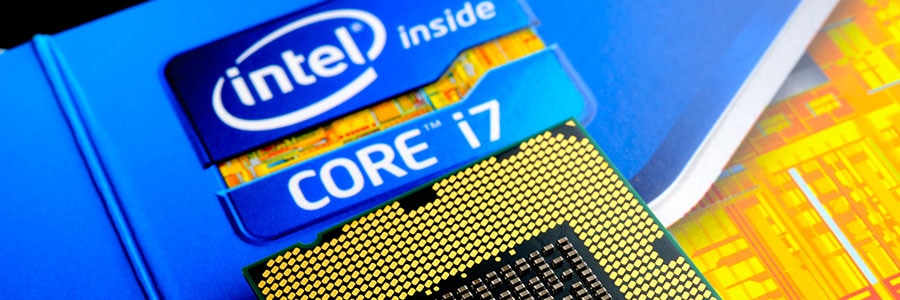Have you ever cursed your computer for inundating you with annoying notifications? Alerts about calendar events, new emails, and app updates are supposed to be helpful, but seeing too many may hurt your productivity. Thankfully, Mac users have a swift and simple tool to get everything under control.
Put an end to annoying notifications on your Mac
PC makers struggle to meet demand
Make the most out of old PCs

If your PC has been struggling to perform all the tasks you have at hand, we completely understand why you would be itching for a new one, or even if you’ve already replaced it with the latest model. But even if it’s old, sluggish, and always crashing, your old desktop or laptop may still prove to be useful.
Save money with thin and zero clients

Businesses are always looking for ways to save a bundle without sacrificing growth. For a while, they believed that they had to buy workstations with their own processing power, RAM, and hard drive. But thanks to virtualization, companies can increase their revenue and get the computing processes they need with thin and zero clients.
Situations perfect for virtual desktops
Microsoft simplifies Outlook on desktop

Microsoft recently announced that it’s revamping Outlook’s user interface and improving certain features. The redesign is aimed at decluttering the desktop version and align it with the much cleaner and more user-friendly iOS version. Mac and Windows users can look forward to a sleeker design, better features, and reduced complexity.
Get fat savings with thin and zero clients

When you have several cost-effective options like cloud computing and managed services providers, IT spending should never get out of control. And if you want to cut back even further, trade in your expensive desktops for thin and zero clients.
What are thin and zero clients?
Thin clients are stripped-down computers with minimum processing power and memory.
Small business & the laptop vs desktop debate
Three client level virtualization options

Server-hosted delivery of client applications is hardly new. Whether it was Microsoft Windows Terminal Services back in 1996 or the Remote Desktop Services of today, it has been around for a while now. With client virtualization, boundaries of traditional networks are done away with to allow rich client applications and environments to endpoints.
How virtualization helps cut costs
- 1
- 2





